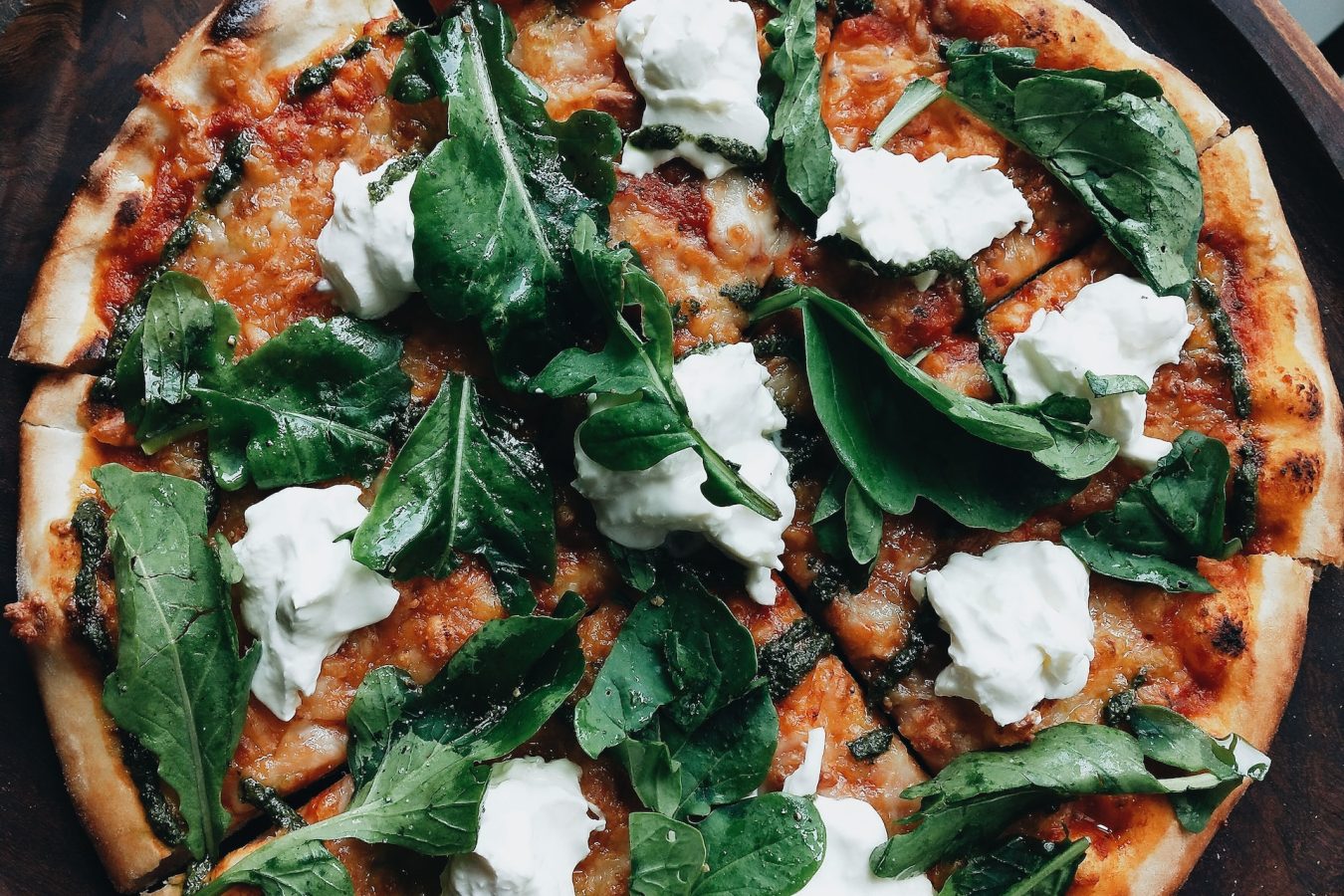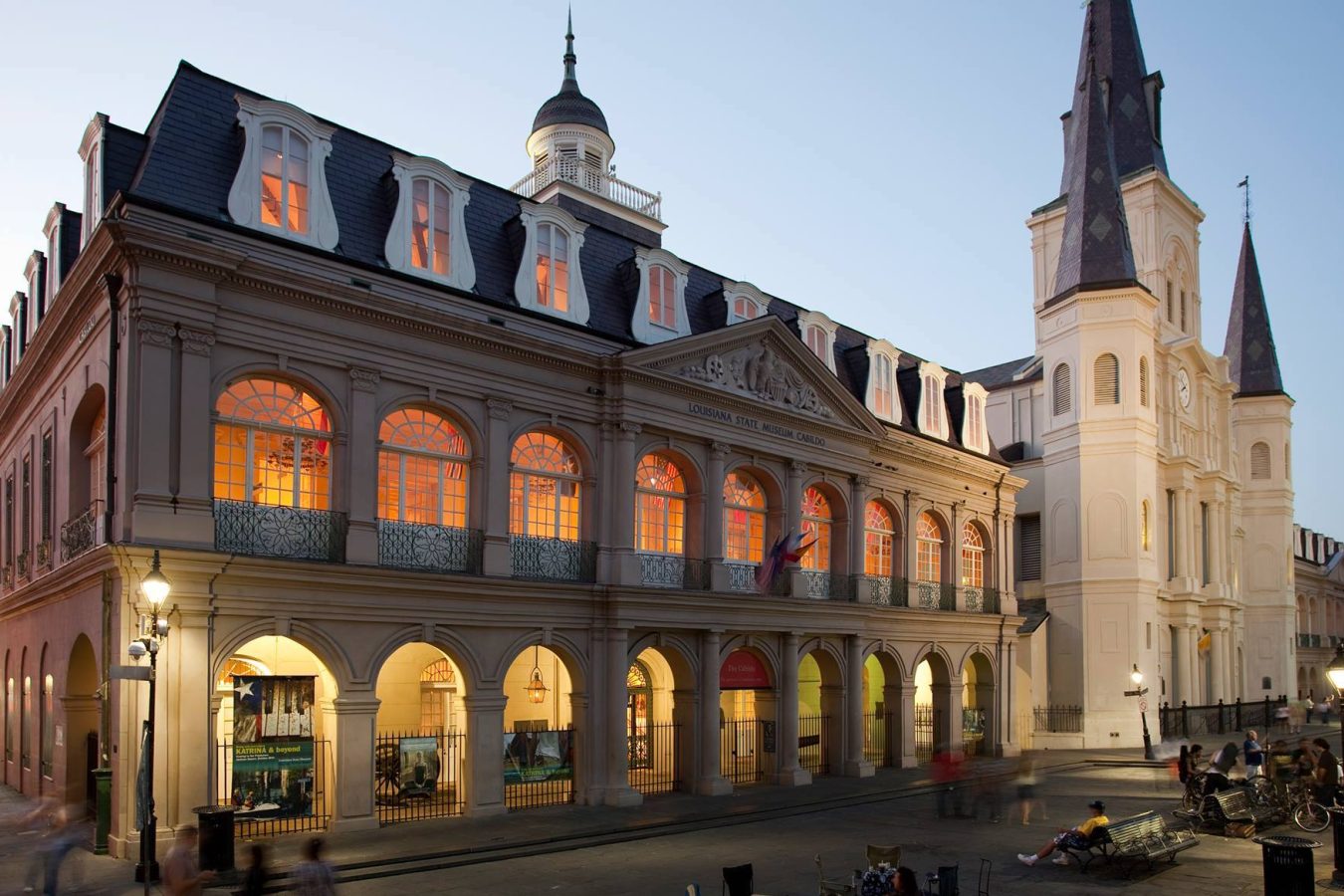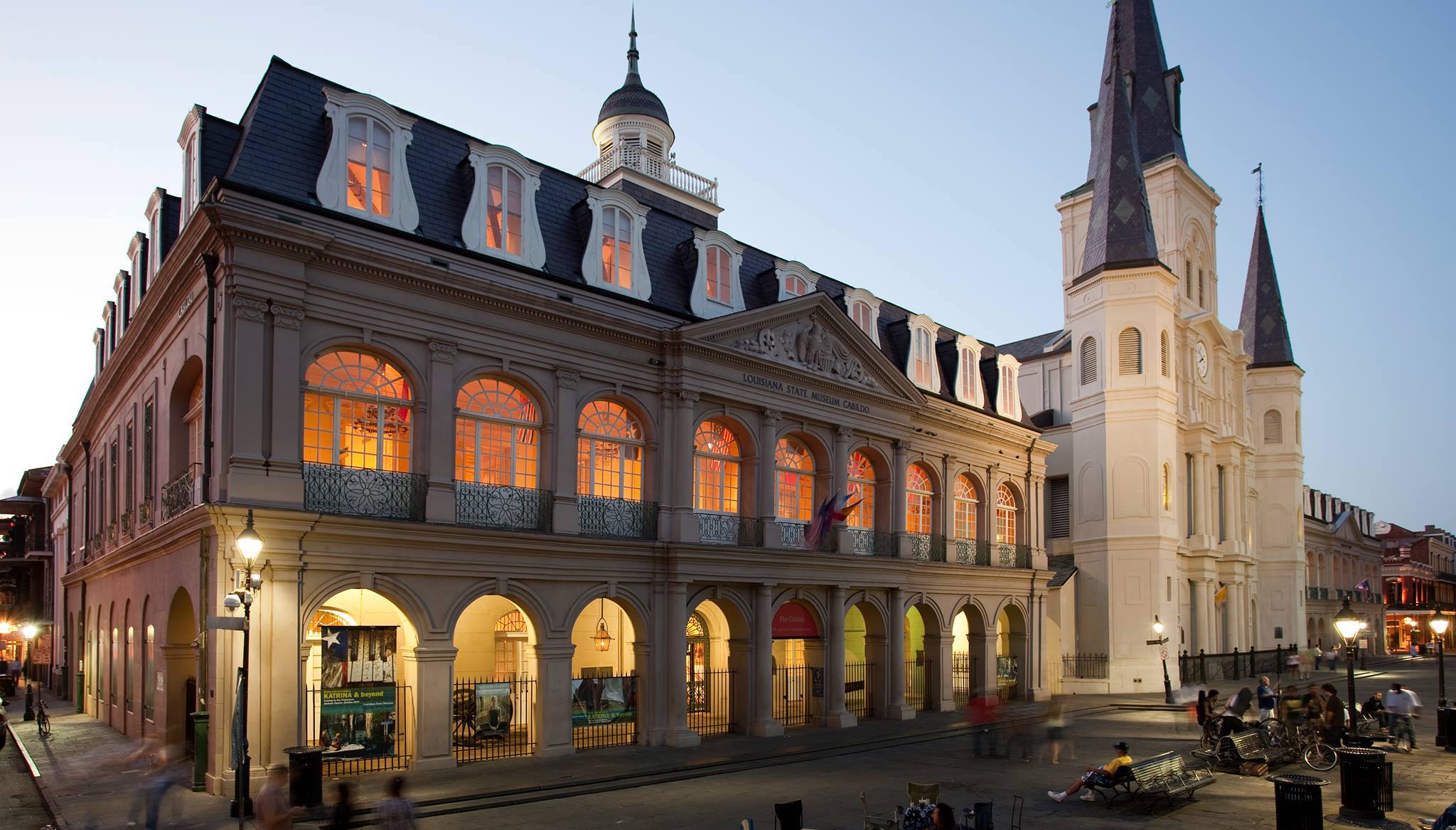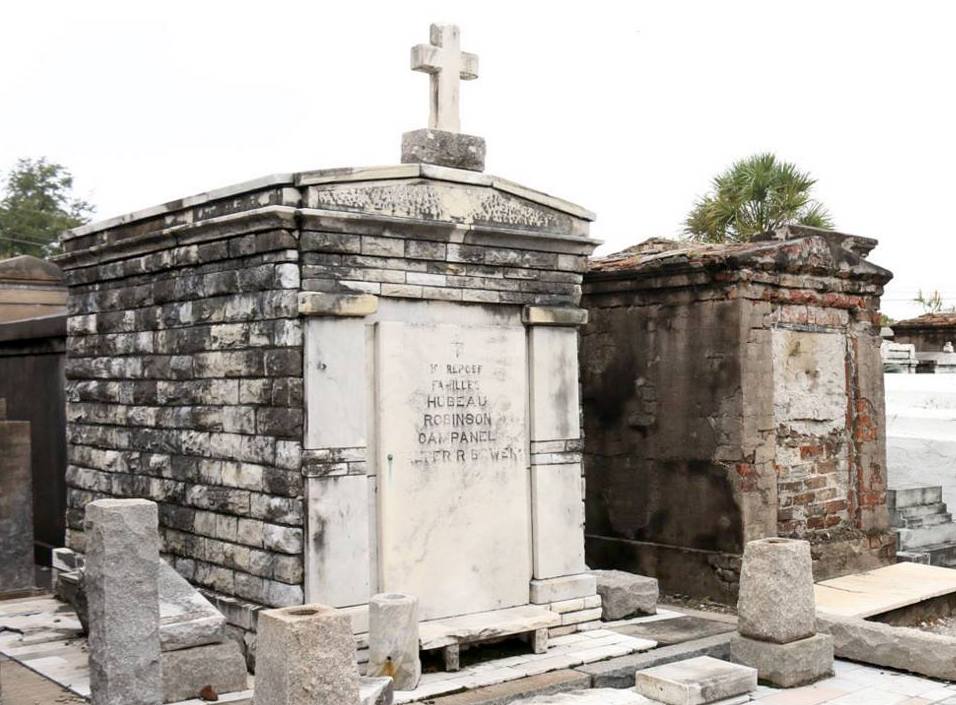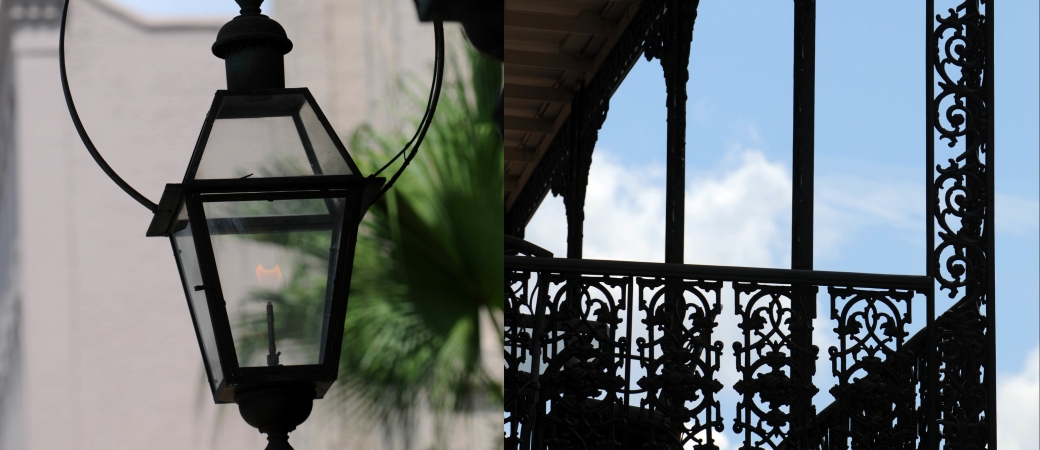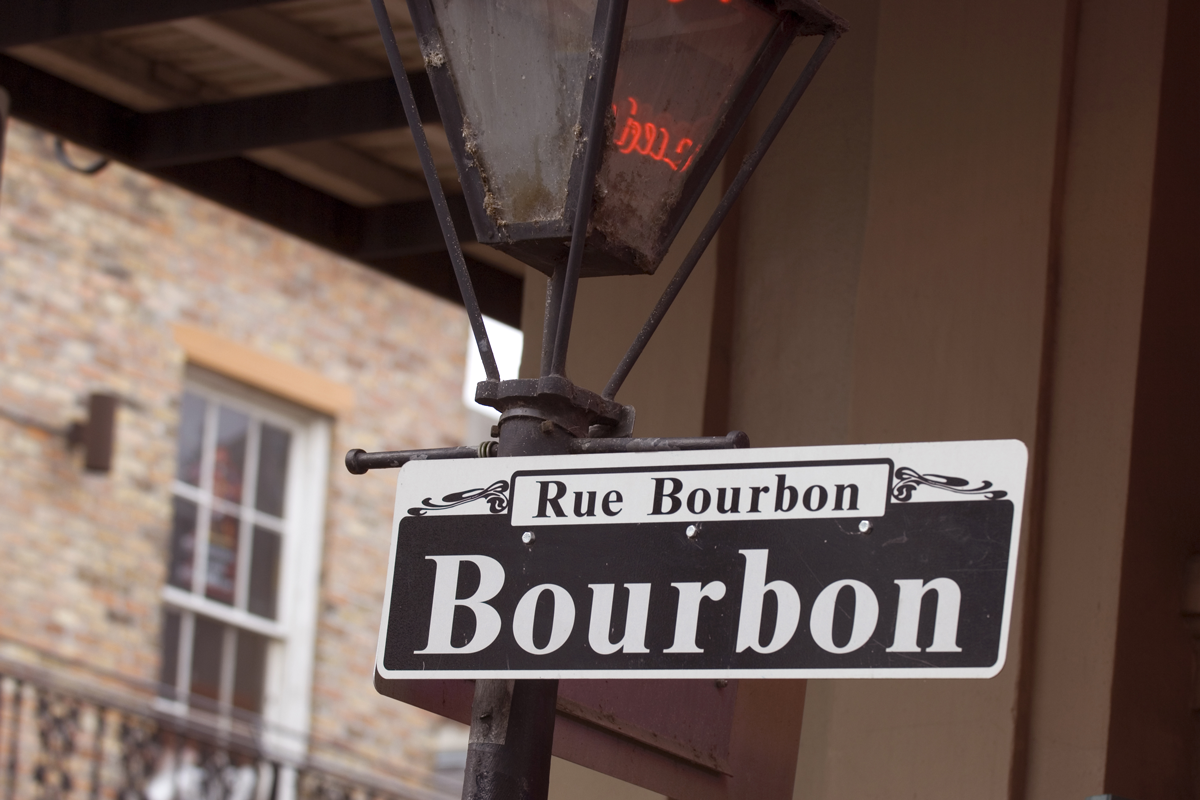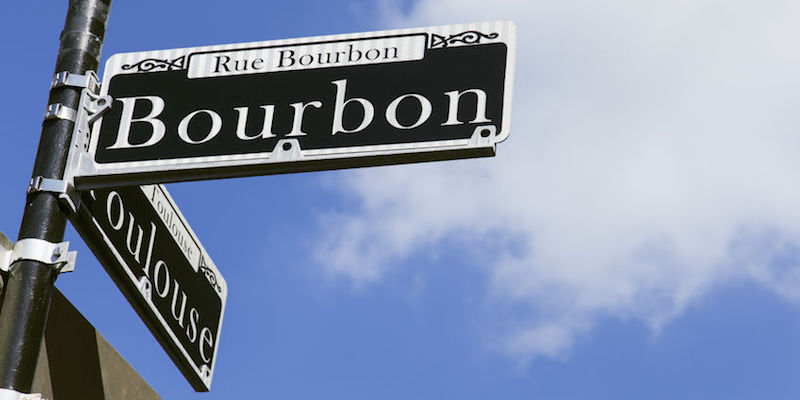Best Pizza in the French Quarter
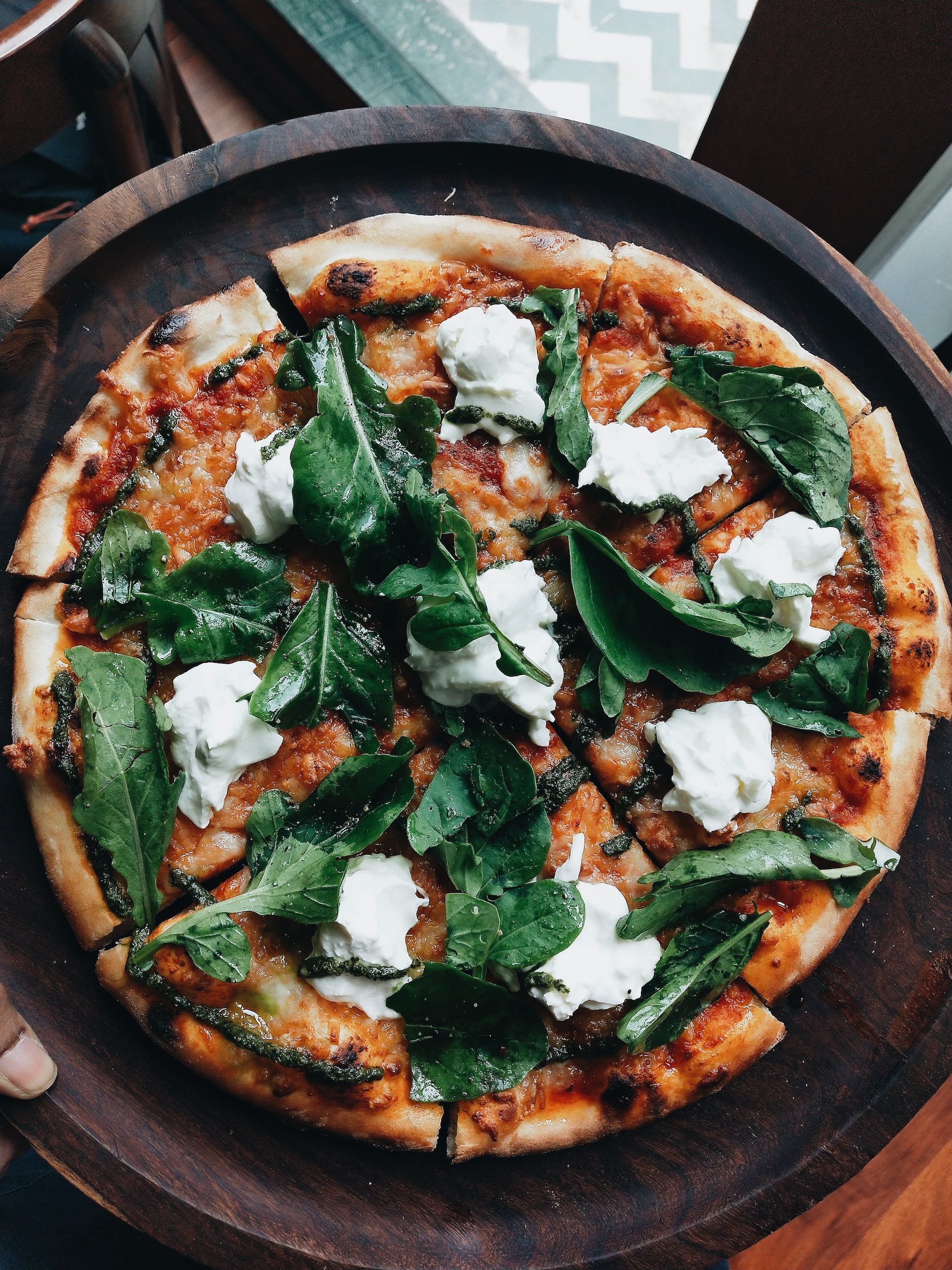
Good pizza isn’t hard to find in New Orleans, although it’s not one of the city’s signature offerings, like gumbo or a po-boy. There’s no loyalty to any specific style (deep dish vs. thin crust, for instance), and the pizzerias run the gamut of high-end to classic parlors to casual neighborhood spots to the late-night after-party soakers.
The French Quarter has its share of restaurants that serve decent to excellent pizza, with a wide variety of vegetarian options and specialty pies that highlight the local ingredients and take advantage of the abundance of Gulf seafood, Cajun meats, and other culinary staples New Orleans is known for. Here are several options in the French Quarter we recommend.
Crescent Pizza Works
407 Bourbon St. (at Conti)
This is another late-night Bourbon pizzeria, where pies have names like Big Cheesy and Chicken Bacon Krunch. The BBQ pork pizza will chase your hangover away with pulled pork, two types of cheese, cinnamon apples, and a generous serving of Sweet Baby Ray’s BBQ sauce. The ever-popular Chizzaburger combines Angus beef, onions, mozzarella, pickles, ketchup, and mustard.
Fat Boy’s Pizza
714 St. Peter (by Preservation Hall)
Fat Boy’s is a chain with many locations in Louisiana and the neighboring states. Its claim to fame is serving humongous slices. Fat Boy’s pies measure 30 inches across, so if that doesn’t soak up all those Hurricanes nothing will. That said, there are veggie pies on the menu plus the seafood option with Gulf shrimp.
Louisiana Pizza Kitchen
95 French Market Pl. (by the French Market)
Each location of this local chain is owned and operated separately, and this Louisiana Pizza Kitchen fires its gourmet pizzas in a wood-burning stove. Many ingredients are locally sourced, all the meats are organic and free-range, and a whole-wheat crust is available. The restaurant also has an extensive wine list and a selection of specialty beers from local microbreweries. Besides pizza, the restaurant has a whole menu of sandwiches, salads, pasta, and so on.
Specialty pizzas showcase the local cuisine with their takes on staples like jambalaya and Gulf seafood. The standouts are a fried oyster pizza, topped with P&J oysters, artichokes, and grilled eggplant; and a smoked salmon pizza that inventively combines tomatoes, capers, caviar, red onions, and cream cheese.
Mona Lisa
1212 Royal St. (between Barracks & Gov. Nicholls)
This is a great dine-in option if you want romantic and laid-back with some New Orleans flair. The building that houses the restaurant has undergone many reincarnations, housing a machine works business and a cigar shop at one time. It still retains its charm and historic elements. The restaurant’s walls are adorned with dozens of paintings and drawings of the Mona Lisa, some of which came from the patrons. Mona Lisa has been in the neighborhood for several decades, earning a loyal local following with its simple and solid Italian fare.
There are four vegetarian pizza options, plus the seafood one with tilapia, shrimp and baby clams. The Mona Lisa Special is a meat-lover’s bliss — with pepperoni, ham, Italian sausage, and loaded with vegetables. Another popular specialty pizza is the Da Vinci, with Italian sausage, bacon, artichoke, and sun-dried tomatoes.
Vieux Carre Pizza
733 Saint Louis St. (at Bourbon St.)
The hole-in-the-wall Vieux Carre Pizza uses housemade dough and its own marinara sauce. Besides pizza, it has an affordable menu of pasta, po-boys, fried or baked chicken wings, salads, and more. One of the most popular specialty pies, the Bourbon Special, is loaded with chicken, feta cheese, spinach, and pesto. The Vieux Carre also has basic specialties like vegetarian and Hawaiian pizzas. It’s open late (3 a.m. Mon.-Thu. and Sun; 4:30 a.m. Fri.-Sat.). Delivery and online ordering are also available.
All of these places are in the heart of the New Orleans French Quarter, short blocks from French Market Inn. Book a stay at our historic French Quarter boutique hotel, right in the epicenter of all of the action!

